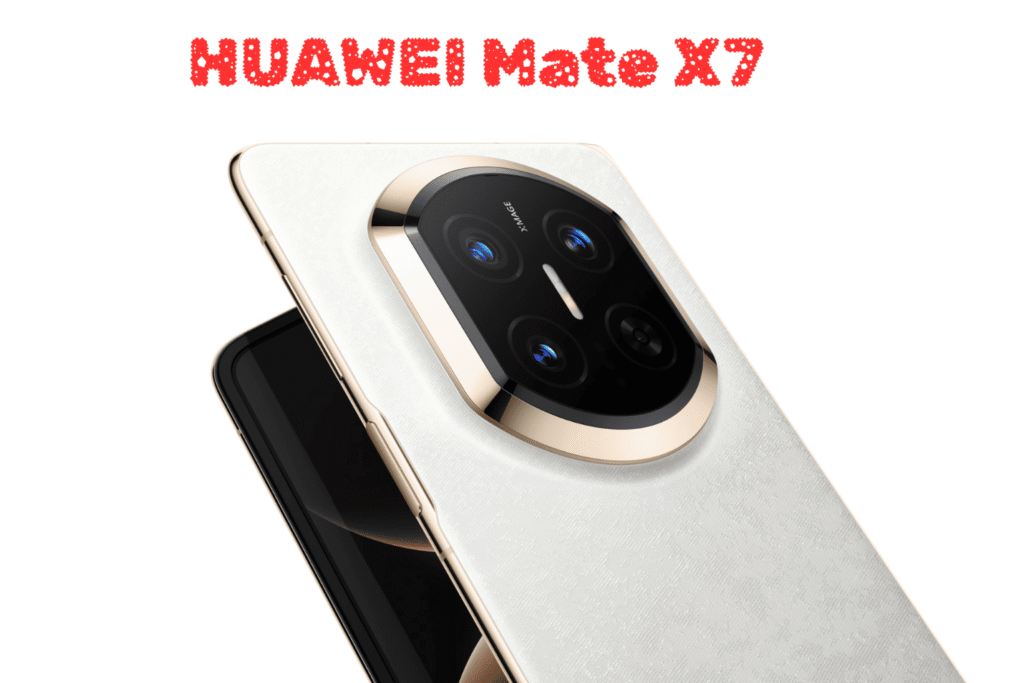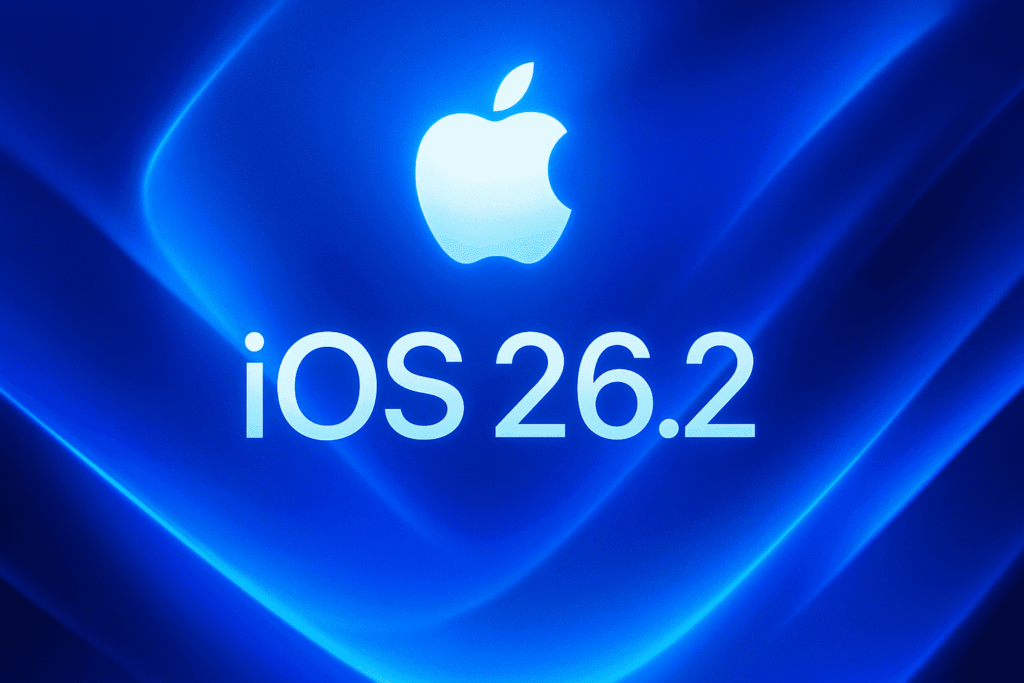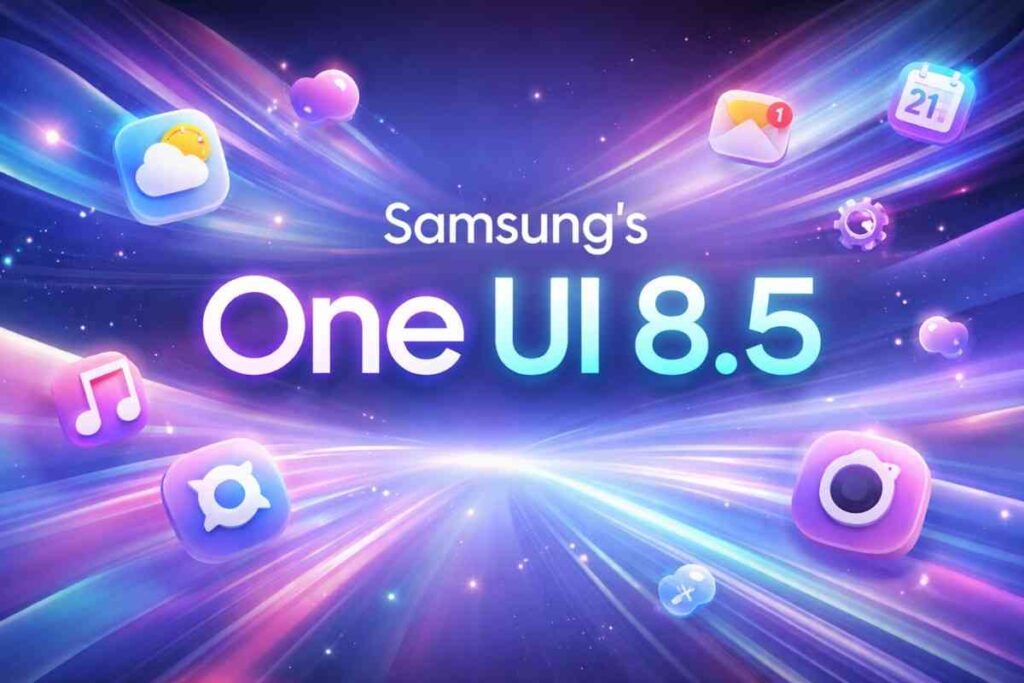Smartphone performance has taken a big step forward in 2025. New 3nm chips, better batteries, and improved cooling help flagship phones stay fast for longer. This level of power wasn’t possible just a few years ago. The Top 10 Performance Smartphones of 2025 1.RedMagic 11 Pro / Pro+ The RedMagic 11 Pro and Pro+ are powered by the Snapdragon 8 Elite Gen 5, paired with up to 24GB LPDDR5X RAM and 1TB UFS 4.1 storage. Its active cooling system helps maintain peak performance during long gaming sessions. The phone features a 6.85-inch 144Hz AMOLED display and a 7500mAh silicon-carbon battery with fast charging. Pricing starts at around $749 and goes up to $999, which roughly translates to ₹62,000–₹83,000 in India, depending on the variant. RedMagic 11 Pro / Pro+ Processor: Snapdragon 8 Elite Gen 5 Display: 6.85-inch AMOLED, 144Hz RAM & Storage: Up to 24GB RAM, 1TB UFS 4.1 Cooling: Active fan + advanced vapor chamber Battery: 7500mAh (Silicon-Carbon) Gaming: Shoulder triggers & sustained peak performance 2.Asus ROG Phone 9 Pro The Asus ROG Phone 9 Pro is powered by the Snapdragon 8 Elite chipset, paired with up to 24GB LPDDR5X RAM and 1TB UFS storage. Performance focuses on sustained gaming, supported by advanced vapor-chamber cooling and optional external AeroActive cooling. It features a 6.78-inch AMOLED display with an ultra-smooth 185Hz refresh rate and gaming-specific AirTrigger controls. The phone packs a 5800mAh battery with fast charging. Pricing starts around $1,499 globally, which translates to roughly ₹95,000–₹1,00,000 in India, depending on configuration. Asus ROG Phone 9 Pro Processor: Snapdragon 8 Elite Display: 6.78-inch AMOLED, 185Hz RAM & Storage: Up to 24GB RAM, 1TB storage Cooling: Advanced vapor chamber + AeroActive support Battery: 5800mAh Gaming: AirTriggers & performance tuning 3.Vivo X300 Pro The Vivo X300 Pro is powered by the MediaTek Dimensity 9500 chipset, paired with up to 16GB LPDDR5X RAM and UFS 4.1 storage. It delivers strong performance for gaming, multitasking, and camera processing, supported by advanced cooling. The phone features a 6.78-inch LTPO AMOLED display with a 120Hz refresh rate and high peak brightness, along with a 6510mAh silicon-carbon battery and fast charging. The Vivo X300 Pro is priced around ₹1,09,999 in India, while the global price is estimated at $1,100–$1,200, depending on the market. Vivo X300 Pro Processor: MediaTek Dimensity 9500 Display: 6.78-inch LTPO AMOLED, 120Hz RAM & Storage: Up to 16GB RAM, UFS 4.1 Battery: 6510mAh (Silicon-Carbon) Charging: Fast wired & wireless charging Focus: Flagship performance with advanced imaging 4.Xiaomi 17 Pro Max The Xiaomi 17 Pro Max is powered by the Snapdragon 8 Elite Gen 5 chipset, paired with up to 16GB RAM and 1TB storage. It delivers strong performance for gaming and multitasking, supported by advanced cooling and a large 7500mAh silicon-carbon battery. The phone features a large LTPO AMOLED display with a 120Hz refresh rate, along with an innovative secondary rear display that can show notifications, time, and camera previews. Pricing is expected to start around $950–$1,100 globally, translating to roughly ₹80,000–₹1,00,000 in India. Xiaomi 17 Pro Max Processor: Snapdragon 8 Elite Gen 5 Display: LTPO AMOLED, 120Hz Rear Display: Secondary AMOLED notification screen RAM & Storage: Up to 16GB RAM, 1TB storage Battery: 7500mAh (Silicon-Carbon) Charging: 100W wired, 50W wireless 5.Oppo Find X9 Pro The Oppo Find X9 Pro is powered by the MediaTek Dimensity 9500 chipset, paired with up to 16GB LPDDR5X RAM and fast UFS storage. It delivers smooth, sustained performance for gaming, multitasking, and heavy camera processing, supported by an advanced cooling system. The phone features a 6.78-inch AMOLED display with a 120Hz refresh rate and high peak brightness, along with a large silicon-carbon battery and fast wired and wireless charging. Pricing is around ₹1,09,999 in India, with global pricing estimated at $1,100–$1,200, depending on the market. Oppo Find X9 Pro Processor: MediaTek Dimensity 9500 Display: 6.78-inch AMOLED, 120Hz RAM & Storage: Up to 16GB RAM, UFS storage Battery: 7500mAh (Silicon-Carbon) Charging: Fast wired & wireless charging Focus: Performance with advanced camera processing 6.iQOO 15 The iQOO 15 offers excellent value for money by delivering flagship-level performance at a more affordable price. Powered by the Snapdragon 8 Elite Gen 5, it combines strong gaming performance, a high-refresh-rate AMOLED display, and a large 7000mAh battery with fast charging. In India, it starts at around ₹72,999, while the global price is estimated at $850–$900, making it a smart choice for users who want top performance without paying ultra-premium flagship prices. iQOO 15 Processor: Snapdragon 8 Elite Gen 5 Display: 6.85-inch AMOLED, 144Hz RAM & Storage: Up to 16GB RAM, UFS storage Battery: 7000mAh Charging: 100W Fast Charging Value: Flagship performance at lower price 7.Samsung Galaxy S25 Ultra The Samsung Galaxy S25 Ultra is powered by the Snapdragon 8 Elite “for Galaxy” chipset, paired with up to 12GB RAM and fast UFS storage. Performance is tuned for stability and multitasking rather than peak gaming speeds, supported by Samsung’s refined thermal management. It features a large 6.9-inch Dynamic AMOLED display with a 120Hz refresh rate, S Pen support, and a 5000mAh battery with fast charging. Pricing starts at around ₹1,29,999 in India, with global prices beginning near $1,300, depending on the variant. Samsung Galaxy S25 Ultra Processor: Snapdragon 8 Elite (For Galaxy) Display: 6.9-inch Dynamic AMOLED 2X, 120Hz RAM & Storage: Up to 12GB RAM, UFS storage Battery: 5000mAh Extras: S Pen support, advanced multitasking Software: One UI with long-term updates 8.iPhone 17 Pro Max The iPhone 17 Pro Max is powered by Apple’s A19 Pro chipset built on a 3nm process, paired with up to 12GB of unified memory. Instead of focusing on raw benchmark numbers, Apple prioritizes real-world performance, offering fast app launches, smooth multitasking, and strong single-core speed through tight hardware and software integration. It features a large 6.9-inch Super Retina XDR display with ProMotion 120Hz, a refined camera system, and reliable all-day battery life. Pricing starts at around ₹1,49,999 in India, with global prices beginning near $1,499, positioning it firmly in the premium flagship segment. iPhone 17 Pro Max Processor:










